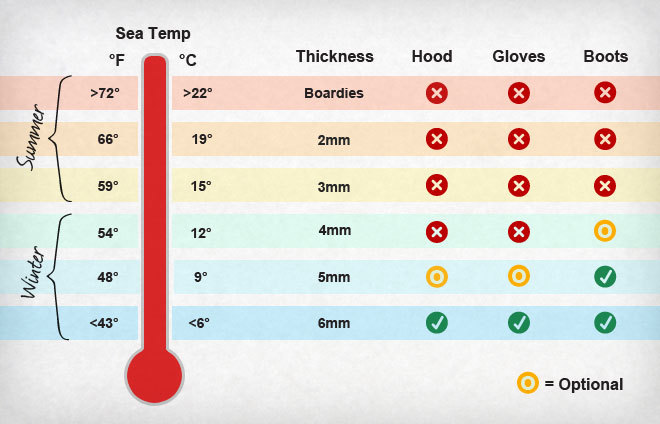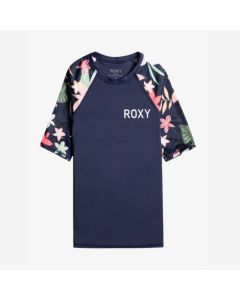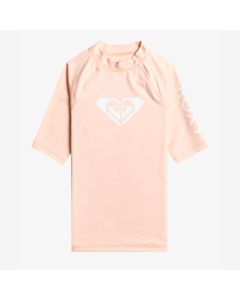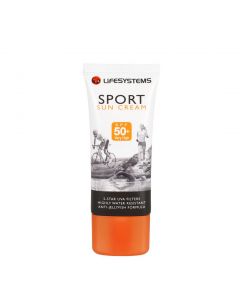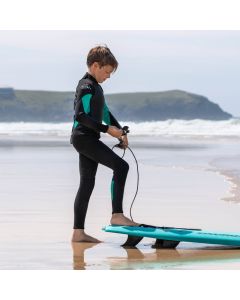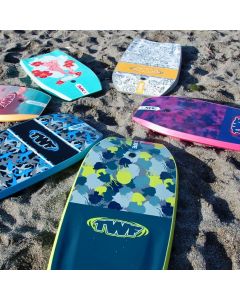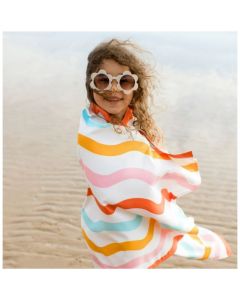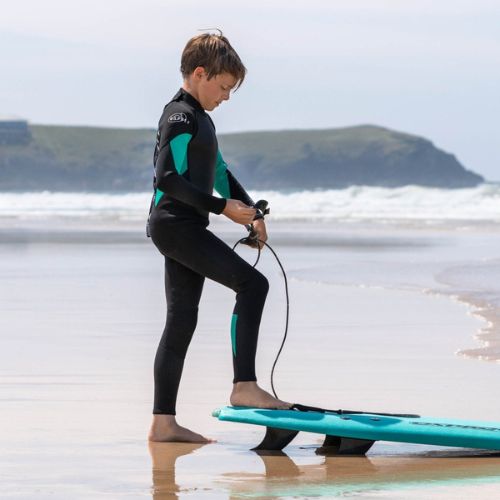
The thickness of a wetsuit dictates the warmth level. A 3/2mm wetsuit has 3mm on the lower body and 2mm upper body where more flexibility is needed. UK water temperatures in the summer are approx. 18-19°c and this type of wetsuit will be warm enough for summer – although deemed a winter wet suit in the Mediterranean! But don’t forget, the sea actually takes a lot longer to warm up than the air so it needs a few months of hot sunny days to actually make a difference to the sea temperature.
Differences between the cheaper entry level wetsuits and more expensive one are usually the quality of the neoprene used. Cheaper neoprene wetsuits are less flexible and the more expensive the suit the stretcher it is!
Also most wetsuits have a lycra outer layer which on cheaper wetsuits is less durable and less soft to the touch
Wetsuit Thickness:
1-2 mm - the thinnest available and super lightweight and stretchy with UV protection too
3/2 mm - Most popular and versatile option for the UK, great for seeing you through summer and early autumn.
4/3 mm - Best for keeping you on the water through autumn in the UK, as well as getting you through the transition from winter to summer (wetsuit gloves & boots are recommended)
5/4 mm - For anyone wanting to do watersports through the UK winter, this is an ideal winter wetsuit thickness (wetsuit gloves & boots are essential)
Key Features worth looking for in a wetsuit:
Smooth Skin Chest Panel: An extra-large area of uninterrupted neoprene that protects against wind chill
Paddle Free Seams: Key zones on the wetsuit are seam free to prevent irritation and will not restrict movement
Kneepads: Need extra hard wearing material particularly if still learning as this area can wear through first
Critically Taped Seams: Look for suits with areas likely to be torn through stress as these are re-enforced and prolong the life of the wetsuit
Glued & Blind Stitching: This means the stitching is half way through to the outside and glued on the inside. It means the water won’t get through the seams and will keep you warmer for longer.
Double Layered neck: If you are prone to neck rashes then it’s worth looking out for wetsuits with a double layer so they move independently preventing the chaffing and rashes – take a look at the O’Neill Youth Epic wetsuits from the Summer
